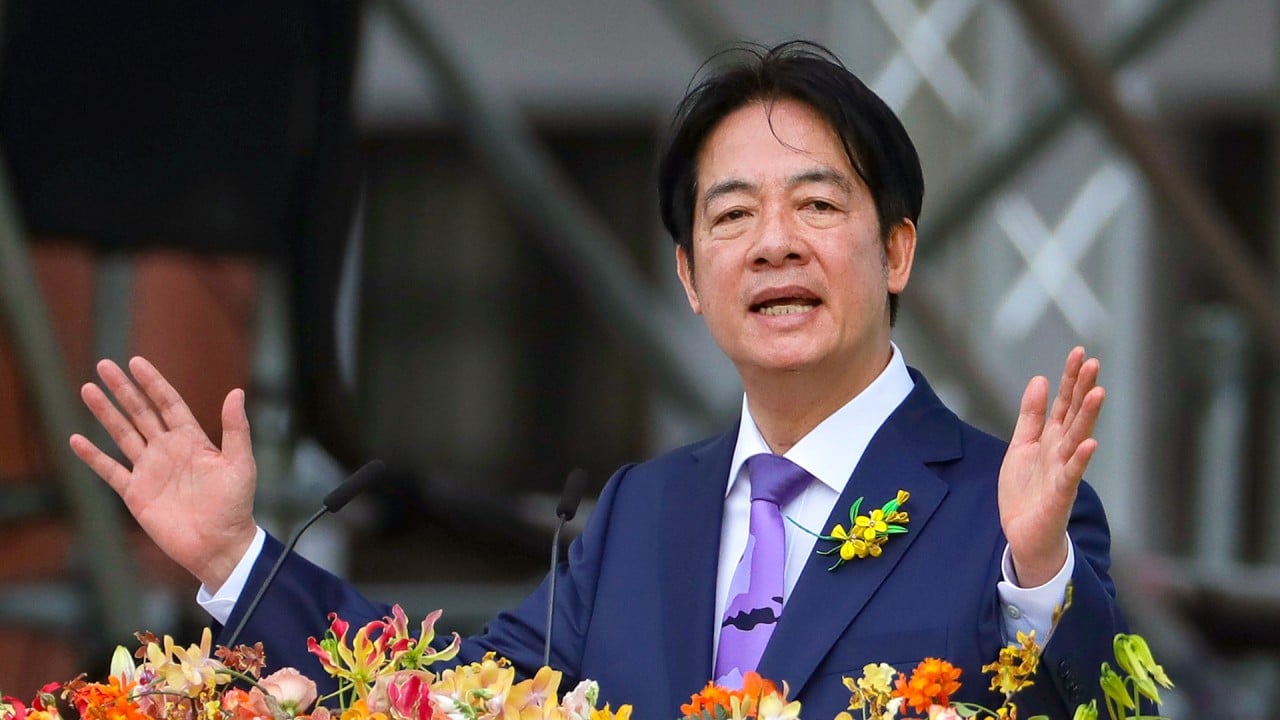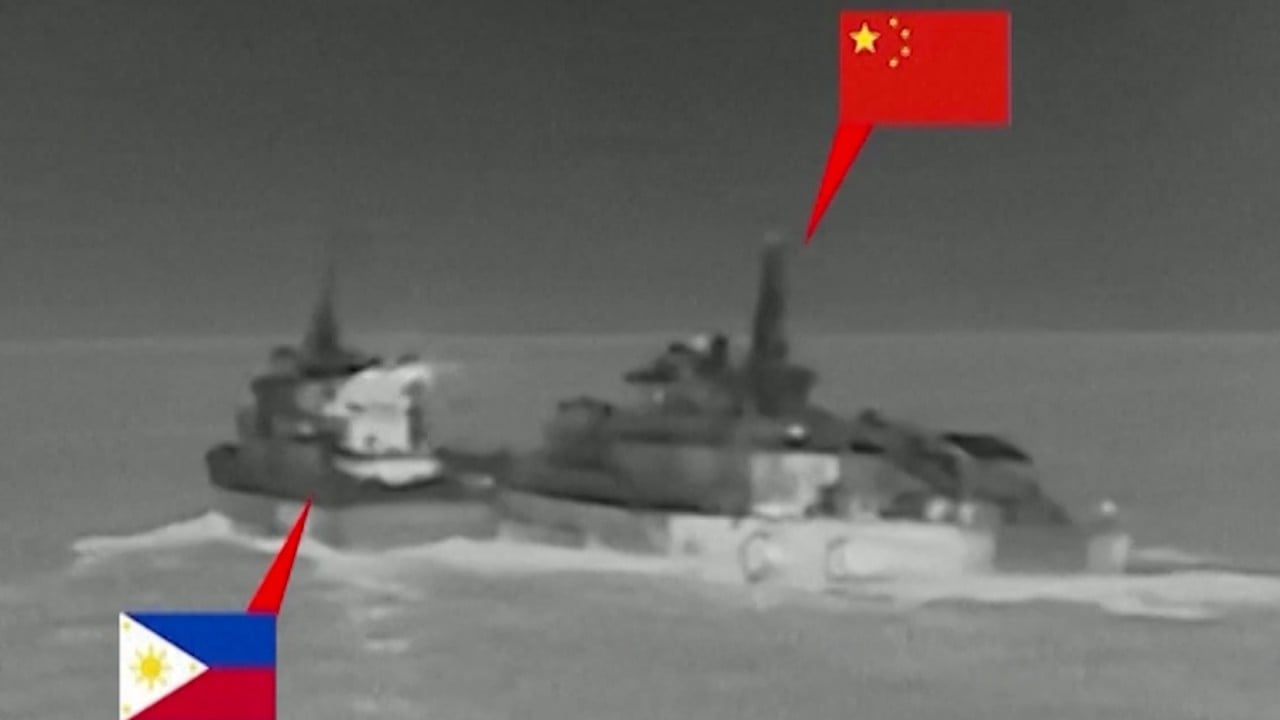Ramped-up mainland Chinese patrols in the Taiwan Strait signal Beijing’s resolve to intensify maritime control amid heightened tensions with Taipei, according to analysts.
The mainland’s Ministry of Transport said it had carried out a patrol and law enforcement operation in the Taiwan Strait on the weekend, in an operation designed to “enhance maritime traffic control and emergency rescue capabilities”.
Observers said the 30-hour exercise starting Saturday was the latest in integrated mainland patrol operations – involving navy, coastguard and other law enforcement and civil forces – to assert Beijing’s rights in the strait and in disputed waters including the South China Sea.
Reports in mainland state media also indicated that the forces would “coordinate” further amid escalating cross-strait tensions.
The patrol came shortly after the start of the fishing season along the southeastern mainland coast on Friday, a time when a large number of fishing vessels enter the strait, the South China Sea and other regional waters.
This raised the risk of collision with commercial ships, state-backed Beijing News cited the ministry as saying.
As many as 55,000 fishing vessels entered the East China Sea and South China Sea as a 3½-month summer fishing moratorium ended on Friday, the report said.
The ministry said that it would step up patrols to ensure transport safety in those areas, according to the report.
Song Zhongping, a former instructor with the People’s Liberation Army, said that once the fishing ban ended, the risk of accidents increased in the busy waterways.
He said there were now more fishing boats now operating in the Taiwan Strait, which was also an important global shipping lane.
“This is a necessary and timely protection measure for mainland, Taiwanese, and international ships and their crews,” Song added.
According to state news agency Xinhua, the mainland operation involved three public service ships from the Fujian Maritime Safety Administration and the East China Sea rescue bureau. Both bodies are under the jurisdiction of the ministry.
The patrol lasted 30½ hours and covered a total distance of 413 nautical miles (765km), Xinhua said.
This year’s operation covered a wider area than previous years, according to Yuyuan Tantian, a social media account affiliated with state broadcaster CCTV.
It extended to within two nautical miles east of the Taiwan Strait median line, reaching as far south as the Taiwan Shoal, an underwater bank at the southern end of the strait, Yuyuan Tantian said in a WeChat post on Sunday.
Taiwan said it had kept a watchful eye on the three mainland vessels as they crossed the strait median line, an unofficial barrier between the two sides.
“The vessels briefly crossed the median line around noon on Sunday before sailing back towards China. They did not enter Taiwan’s restricted waters,” the Taiwanese coastguard said in a statement on Monday.
Analysts said the moves indicated Beijing’s aims to assert its jurisdiction over the Taiwan Strait. Beijing, which sees Taiwan as part of China to be reunited by force if necessary, has also increased military patrols across the median line in recent years.
Fu Qianshao, a military analyst and former PLA officer, said Beijing might soon extend such maritime safety operations to the South China Sea, to protect the large number of fishing boats there.
It was also prepared to respond to any potential “provocative actions from foreign countries” to defend mainland Chinese maritime interests, Fu said.
Tensions have escalated in the South China Sea between rival claimants Beijing and Manila, with both sides on Monday trading “ramming” claims in the latest incident involving their coastguard vessels near the disputed Sabina Shoal.
In a decision passed at the Communist Party’s third plenum – a conclave held last month to set out long-term policy measures – Beijing pledged to improve joint management of the party, government, military, police, and civilian bodies to tighten land border and coastal defence.
The PLA, the mainland coastguard and other law enforcement agencies, including the Ministry of Transport, have increased activities in the South China Sea and near Taiwan in recent months.
These include PLA drills around Taiwan launched shortly after the inauguration of William Lai Ching-te from the independence-leaning Democratic Progressive Party as the self-governed island’s new leader in May.
It marked the first time that the China Coast Guard were included in the military drills.
Cross-strait relations remain strained since Lai was elected in January. Beijing says Lai is a “troublemaker” with a stubborn independence stance and has warned that he would bring the risk of war to Taiwan.
According to Yuyuan Tantian, maritime patrol and law enforcement operations in the Taiwan Strait have also achieved “multi-departmental” cooperation and military-police coordination.
Malcolm Davis, a senior analyst at the Australian Strategic Policy Institute, said patrols using non-navy vessels allowed Beijing to “assert [its] presence [and] influence, and challenge other states’ interests but at a level that is short of war”.
He said these activities constituted “a ‘grey zone’ operation, which can be masked behind legitimate purpose, such as maritime safety patrols, and fishery inspections”.




